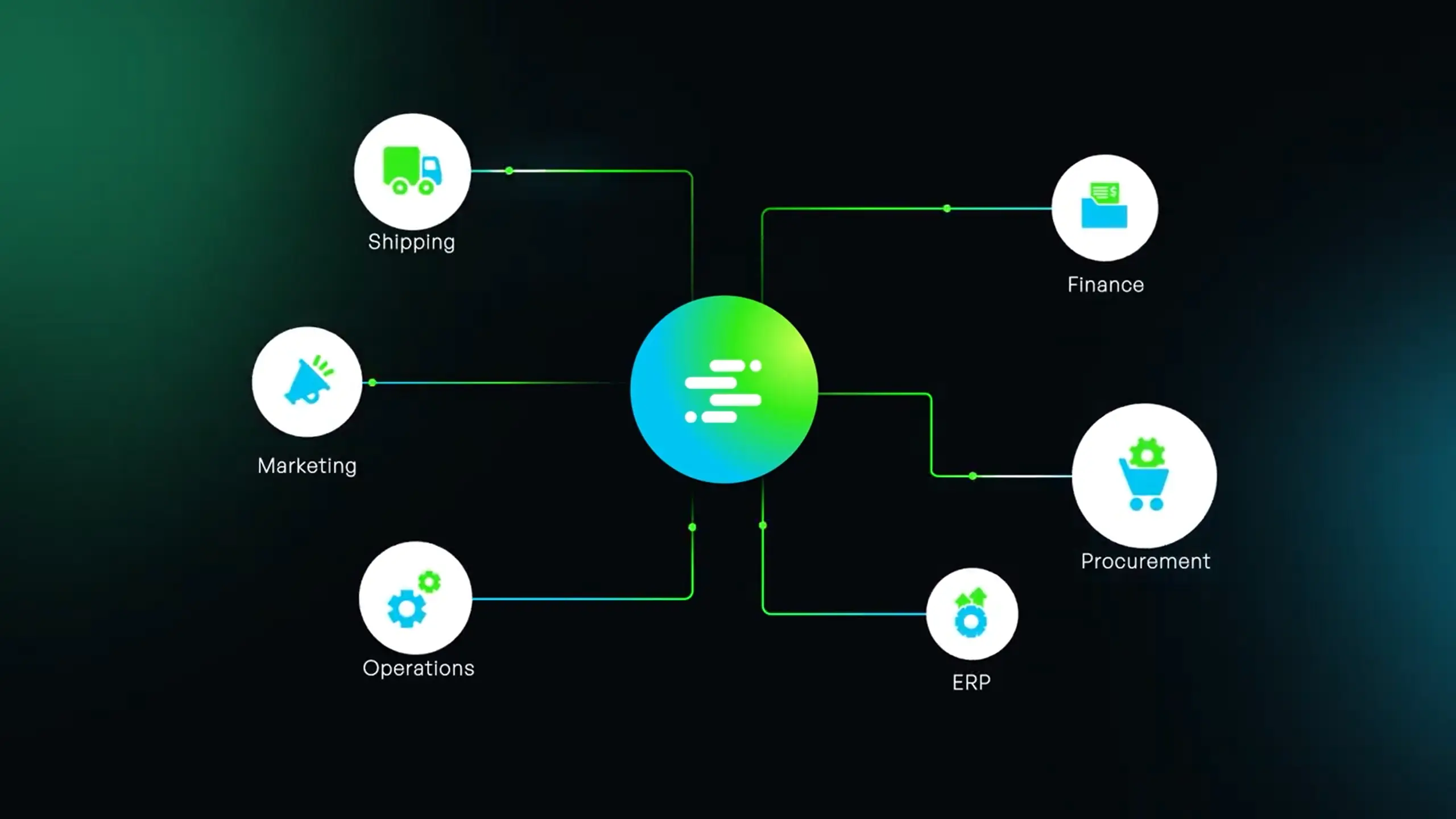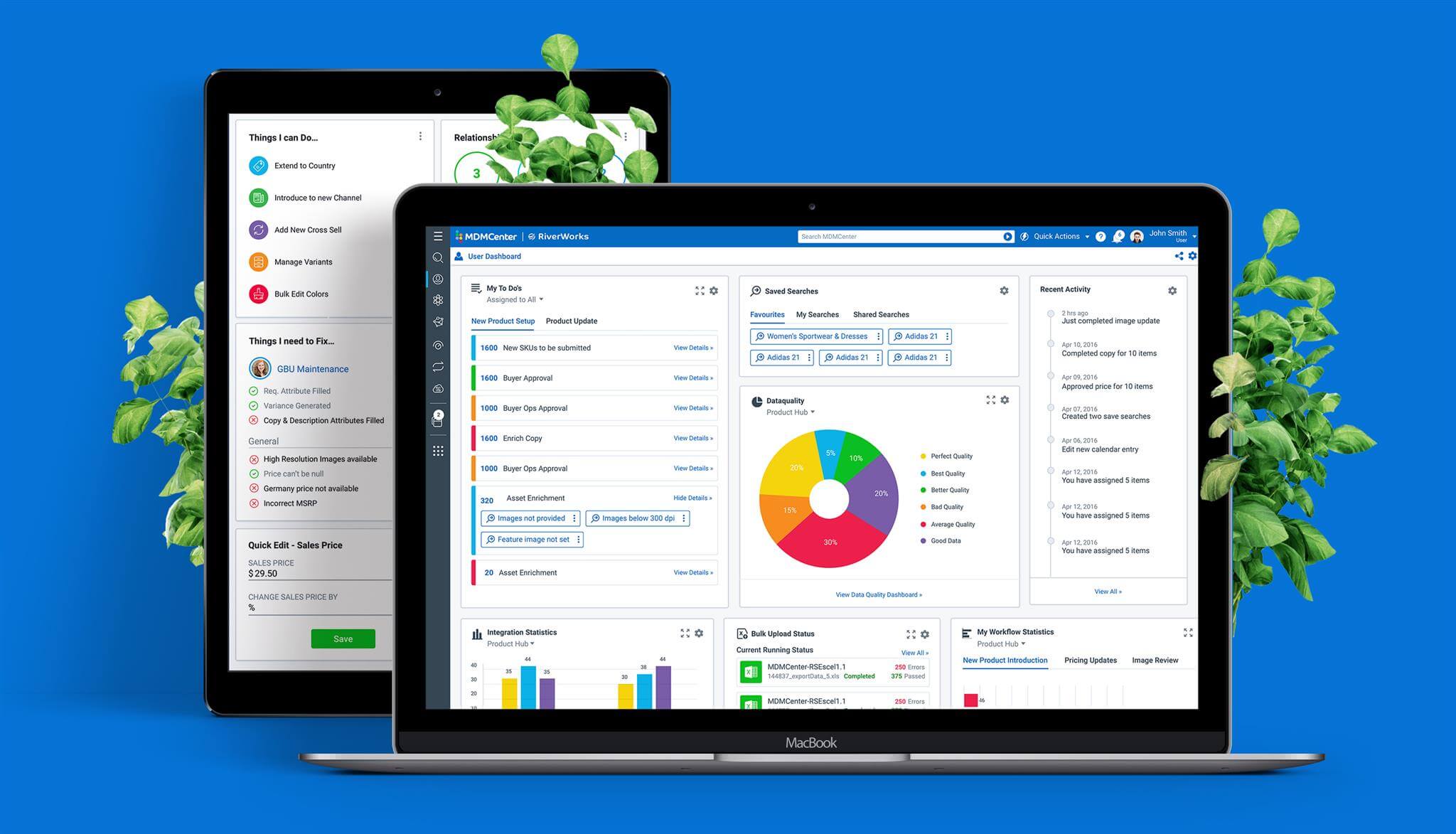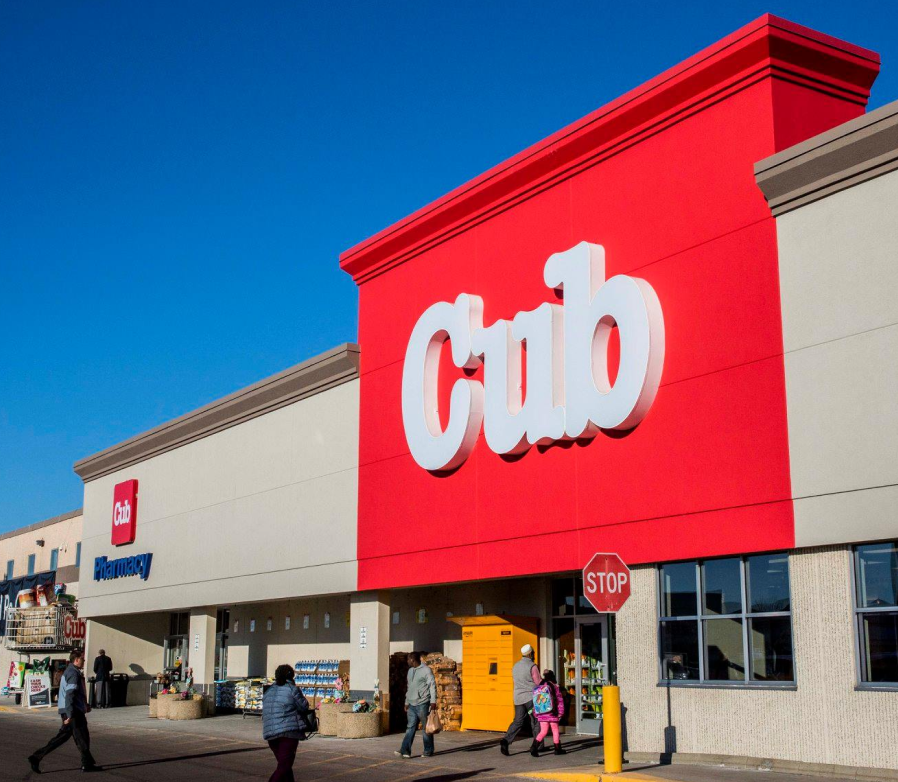Managing product information is becoming a more important requirement with today’s mobile and online-first consumers. Many departments throughout an organization rely on accurate and engaging product data to drive results. Content Solution Providers (CSP) help clients manage the multiple requirements and data feeds to make the process more efficient. Here are some points to consider (in no particular order) when determining the right CSP for your company.
1. Take advantage of partner solutions to manage your content across the organization
This may seem intuitive, but there may be additional uses for product information outside a single department. Product descriptions, nutrition labeling, marketing copy, rich media or Enhanced content from your creative department, and GDSN information, all managed and monitored from a single platform provides better consistency and efficiency than coordinating multiple databases or spreadsheets.
Understanding your organization’s content needs allow the opportunity to streamline your tools. By determining the internal processes that use product content you may find areas where duplicate effort or systems are involved. Reducing these redundancies is an easy way to gain efficiency.
2. Look for a knowledgeable partner as well as a technology provider
SaaS technology provides cost effectiveness and scalability rather than building your own data structures. However, it’s important to be able to work with someone rather than be left on your own to figure everything out. Having a real person (or team) who have the experience in onboarding your items, understanding how your trading partners receive your content, and working through any issues that may pop up, are all important for a provider to provide. Which brings us to…
3. Work with someone who knows how data should be organized
Taxonomy is an important part of data science, and a critical one when structuring substantial amounts of information for consistency. Look to your solution provider to ensure they are staffed with a Taxonomy department or group of professionals who can ensure your product information hierarchies are in line with what data recipients require.
4. Understand both sides of your network
It is important for a content provider to be able to easily upload your content. But it’s equally important to understand whether that content will be accepted by recipients and that you can ensure your brand is well represented by monitoring what is presented online.
A good content partner will work with both sides of the network to publish your product information in the format required by the recipient. Even better, having the capability to understand your content readiness – how it scores against your recipients’ requirements, ahead of time, so it is ready for distribution – is the ultimate goal of a good content management strategy.
To accomplish this it is important to map out each of the recipients you plan to send information to and the type of content they require. Even with a small number of SKUs, a supplier can drive greater sales and more efficiency simply by expanding the type of content they capture. For example, important off-label nutritional qualities and wellness claims may attract those searching on specific diet requirements. And Enhanced Content has shown to increase cart value, raising conversions nearly 35% – a worthwhile investment.
5. Leverage the connections and UX capabilities of your provider’s platform
Solution providers may claim a “direct connection” to a large number of recipients. And that may be technically accurate, as any solution provider can send data almost anywhere. However, the providers who have client relationships with recipients are uniquely positioned to understand their requirements.
The reality is that there are many types of connections needed to send to all recipients, as each system is configured differently, with unique requirements. Having a provider that can meet each recipient’s specifications greatly improves the speed and accuracy with which your content gets displayed.
This is another reason why User Experience (UX) is more than window dressing. Having powerful PIM-like capabilities helps to streamline your content process, delivering accurate information quickly. Tools that feature visual workflows, content readiness trackers, direct recipient feedback and other management capabilities can drive efficiency while improving the completeness of your content submissions.
6. Understand the ins and outs of how syndication works between parties
Syndication is like a two-way street. Suppliers can send their information, but they may also want to access that information in relation to the recipient. And while a supplier may be able to submit their information directly to the recipient for posting, there may be a cost associated with processing or accessing the data on the recipient site. In addition, the recipient may have their own solution provider to ensure incoming content is formatted exactly to their specifications. As many recipients place significant importance on the quality of product information that they bring into their systems, it may be a sign of a less integrated solution provider if their service does not connect directly to the recipient without first going through the recipient’s provider.
7. Look for opportunities to expand Enhanced Content and rich media
2020 was the year that eCommerce took off. And both suppliers and recipients were looking to create an engaging shopper experience on the digital shelf. More suppliers every day are adding Enhanced Content in the way of Engaging Heroes, videos, comparison charts and stylized images, which means that the digital landscape is becoming more and more competitive for shopper attention. Black Friday weekend added more than $1 billion in incremental cart value to Syndigo clients that had Enhanced Content compared to those without. Even a supplier with only one or two SKUs can benefit from having Enhanced Content on their PDPs.
8. Look for real-time content optimization capabilities
Rather than wait for usage reports or engaging another third party, check the full capabilities of solution providers to enable real-time analytics that improve your output and make it part of a continual process to optimize your content. Utilizing real-time digital shelf analytics and engagement reports can help you to understand important information such as how your enhanced content is performing, how to monitor your live content for accuracy, and where your competition is out of stock. These and other measures can help make every dollar invested provide a better return.
9. Leverage industry connections and regulatory awareness
In most fields where there is a great deal of information and regulations, solution providers will be an active part of industry associations and closely tied to regulatory trends. Make sure to check the level of involvement in industry associations and knowledge of standards such as GS1, EDA, UDI, GUDID, and the various governmental regulatory agencies.
10. Look for active and engaged client management
There’s more to the “service” part of SaaS than just software…Although software is an enabler for data management and processing at scale, it’s the people who really make it all work. Inquire as to the levels of assistance a service provider has. Understand what they provide in terms of support. Is it a FAQ help page? An online-only technical reference library? A client-focused partner may also include options for live phone help, in-platform messaging, live chat, as well as support desk email.
















 Don't miss out! Subscribe to our blog for updates.
Don't miss out! Subscribe to our blog for updates.